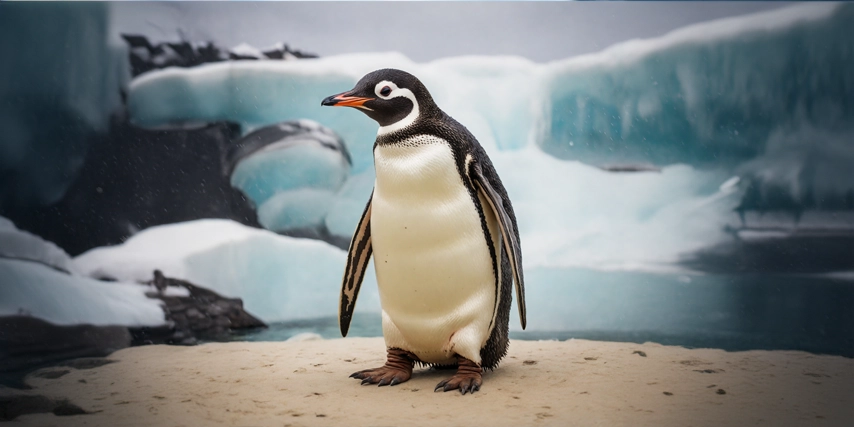Why Do Penguins Live in Polar Regions?
Penguins are fascinating creatures adapted to some of the coldest environments on Earth. Let’s explore why they thrive in polar regions:

- Adaptations for Cold: Penguins are well-equipped with thick layers of blubber and waterproof feathers. This insulation keeps them warm in the icy climates of the Arctic and Antarctic.
- Food Abundance: These birds find their primary food sources in polar waters, rich with krill, fish, and squid. Their specialized hunting techniques allow them to dive deep and catch prey efficiently.
- Predator-Free Habitat: On the Antarctic continent, penguins face fewer land predators. The isolation helps protect their colonies during nesting and molting periods.
- Nesting and Breeding: Polar regions provide secluded nesting grounds, like ice shelves and rocky cliffs. The absence of predators and extreme cold offer safe breeding sites.
- Social Behavior: Living in large colonies helps penguins share warmth and cooperate in protecting their young.

Here’s a close-up image of a penguin with its chick in Antarctica. The image captures the intimacy and care within penguin families, showcasing their fluffy feathers which provide insulation against the cold.

Here’s an image showcasing penguins diving into the icy waters from an ice floe in Antarctica. The dynamic scene highlights their agile nature and adaptation to the cold marine environment.

Here’s a panoramic view of a large penguin colony in Antarctica. The image captures the vast number of penguins interacting and nesting within their natural habitat, against a scenic backdrop of distant mountains and a clear sky.







